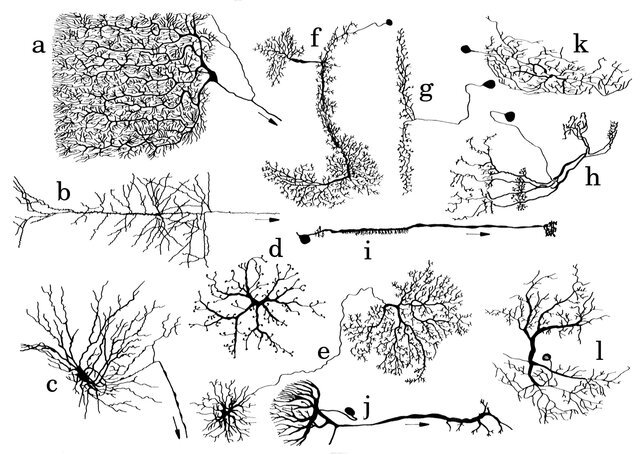Neural Mesh by Afroditi Psarra
Recently I have been interested in bobbin lace as a means to create intricate textile antenna designs, and have bought myself a kit to start experimenting with, but haven’t really found the time throughout the year to get started with apart from watching tutorials. Thinking about what initially drew me into lace I think it comes down to the the quality of this type of weaving which creates floating stitches. Lace has a very long tradition as a craft and has been depicted by numerous artists throughout the centuries. Also, after Angelika Strohmayer’s talk in the Wearable Narratives DRG I acquired Kassia St. Clair’s book “The Golden Thread: How Fabric Changed History” and read this beautiful quote by Gabreille Chanel: “I consider lace to be one of the prettiest imitations ever made of the fantasy of nature… I do not think that any invention of the human spirit could have a more graceful or precise origin”.
On another hand, I started researching the use of lace in science and technology and stumbled accross the term “Neural Lace” to describe a general purpose biomechanical computer implant. Neural laces have been explored in recent years as ways of connecting directly with the neurological system of the body. Inspired by the article Syringe-injectable mesh electronics integrate seamlessly with minimal chronic immune response in the brain I started to speculate about the differences between macro and micro and how they relate to electronics and textiles (a good reference is Knit Macro-Electronics (2013) by Ebru Kurbak and Irene Posch). The Neural Mesh swatch reflects on this speculation by suggesting a sensor that can act as an external electrod that connects the skin with its underlying biology, by exteriorizing the interior structure of the human body.
Anatomical diversity of neuronal cells: a Purkinje neuron from human b pyramidal neuron (rabbit) c motor neuron (cat) d,e horizontal neuron (cat) f pre-motor interneuron (locust) g visual amacrinal neuron (fly) h multipolar neuron (fly) i visual monopolar neuron (fly) j visual interneuron (locust) k pre-motor interneuron (crayfish) l mechanical sensory neuron (crayfish); The arrows indicate the signal output zone. (from Cajal, Fisher and Boycott, Burrows, Strausfeld, O'Shea, Rowell and Reichert). The illustration has been taken from: H. Reichert; Neurobiologie, page 23.
Extracted from https://www.researchgate.net/publication/44230306_Spatiotemporal_calcium-dynamics_in_presynaptic_terminals/figures?lo=1
Using as a reference the above type of neurons, a series of presence/touch/capacitance/resistance sensors were developed. I appropriated the bobbin lace idea of floating stitches to construct digitally embroidered sensors on power mesh, suggesting the possibility of extending this swatch into a mesh that could cover and map the neurological connections of the whole body.
Materials list: Madeira HC-12 silver-plated nylon thread, power mesh
References:
Kurbak, Ebru, and Irene Posch. “Knit Macro-Electronics (2013).” ebru kurbak, September 25, 2017. https://ebrukurbak.net/knit-macro-electronics/
“Neural Lace.” The Culture Wiki. Accessed June 16, 2021. https://theculture.fandom.com/wiki/Neural_lace#cite_note-SurfaceDetailCh10-1
Newcomb, Rachel. “Review | The Overlooked Innovation Woven throughout Human History.” The Washington Post. WP Company, January 10, 2020. https://www.washingtonpost.com/outlook/the-overlooked-innovation-woven-throughout-human-history/2020/01/09/11b9c0fe-f4f4-11e9-ad8b-85e2aa00b5ce_story.html
Clair, St Kassia. The Golden Thread: How Fabric Changed History. New York: Liveright Publishing Corporation, a Division of W.W. Norton & Company, 2019.
Zhou, Tao, Guosong Hong, Tian-Ming Fu, Xiao Yang, Thomas G. Schuhmann, Robert D. Viveros, and Charles M. Lieber. “Syringe-Injectable Mesh Electronics Integrate Seamlessly with Minimal Chronic Immune Response in the Brain.” PNAS. National Academy of Sciences, June 6, 2017. https://www.pnas.org/content/114/23/5894





